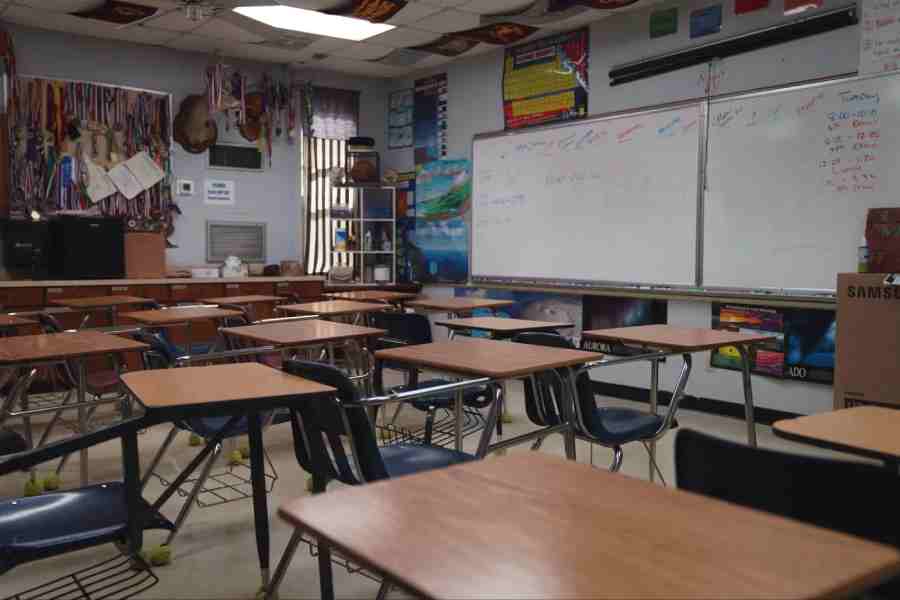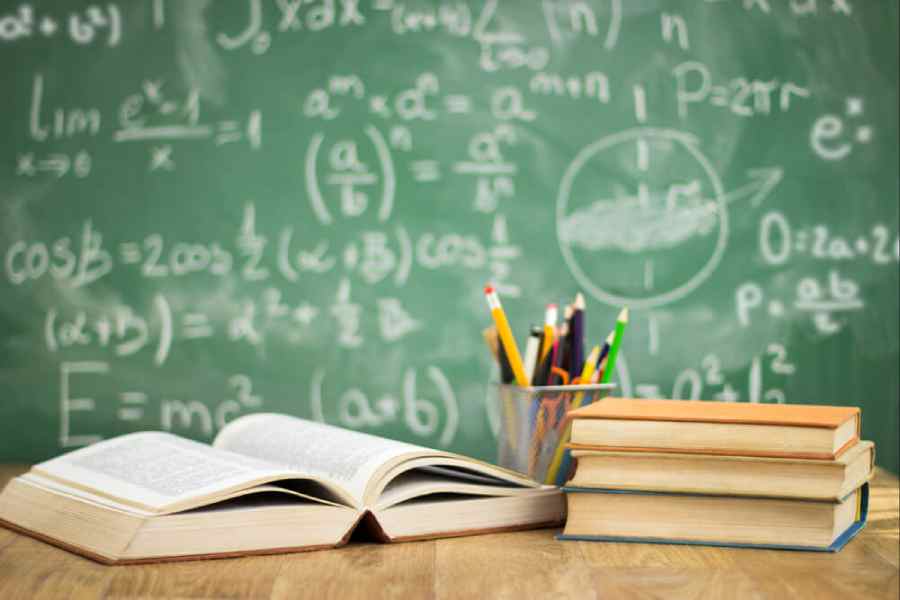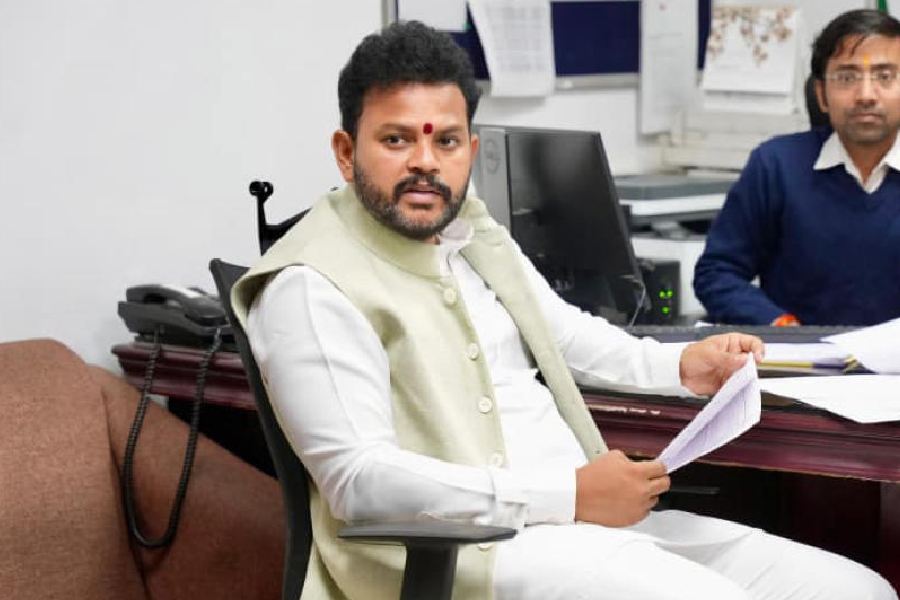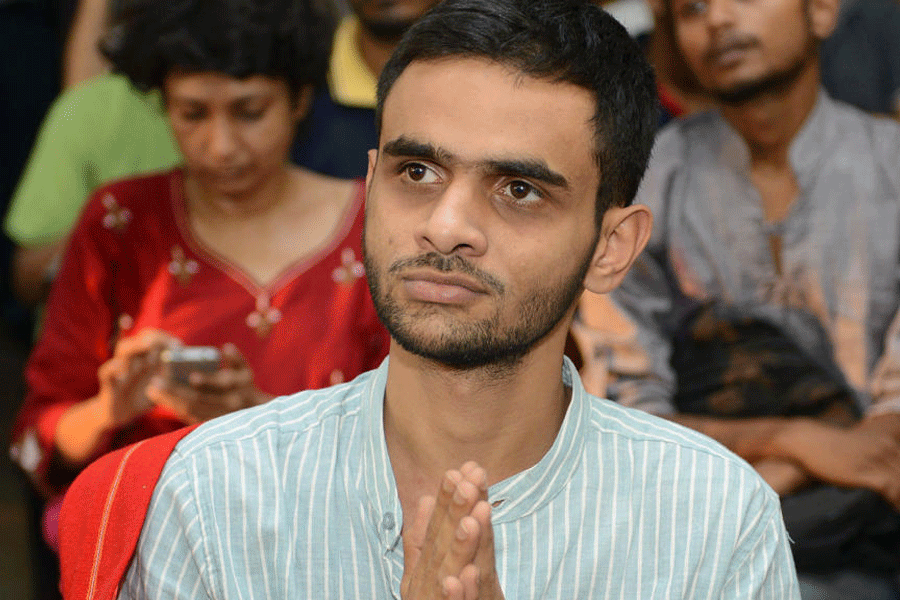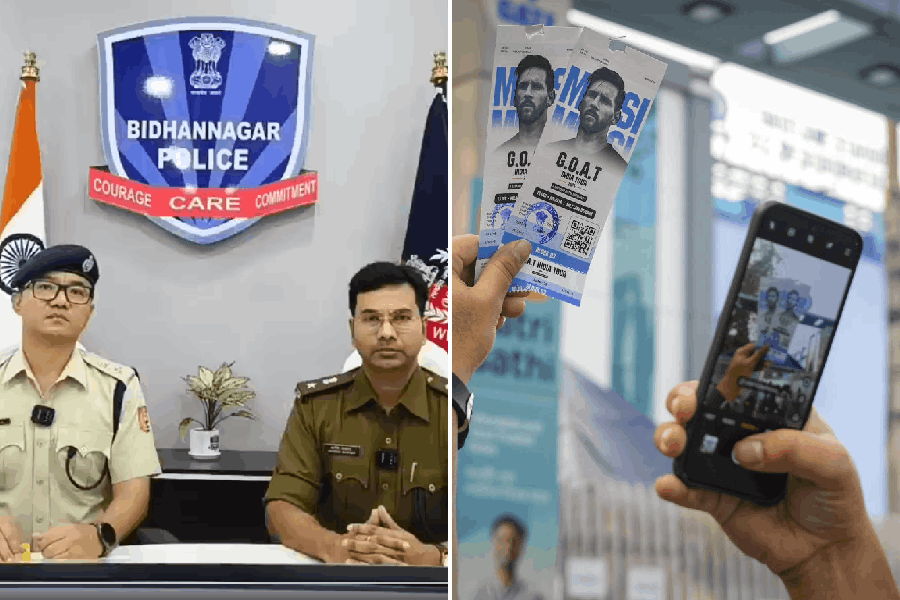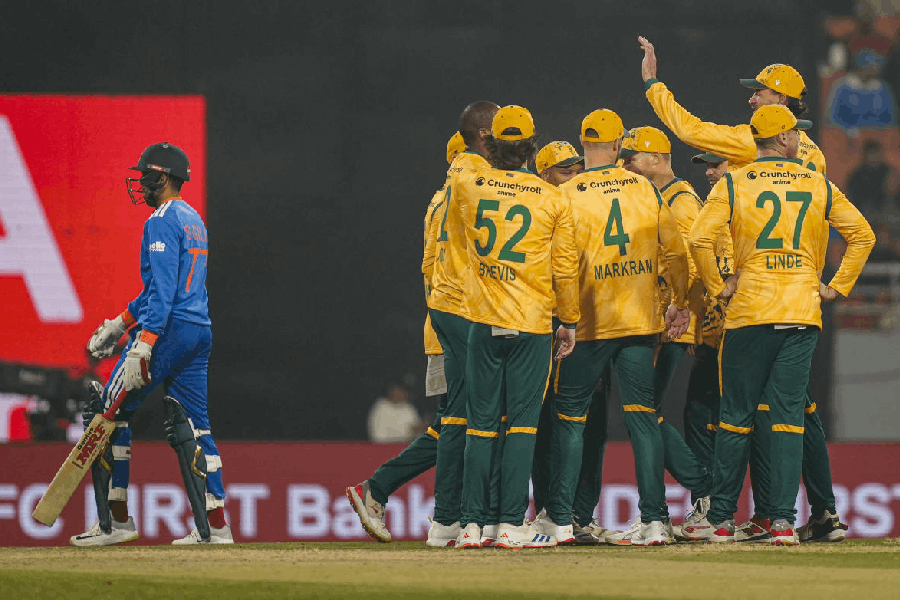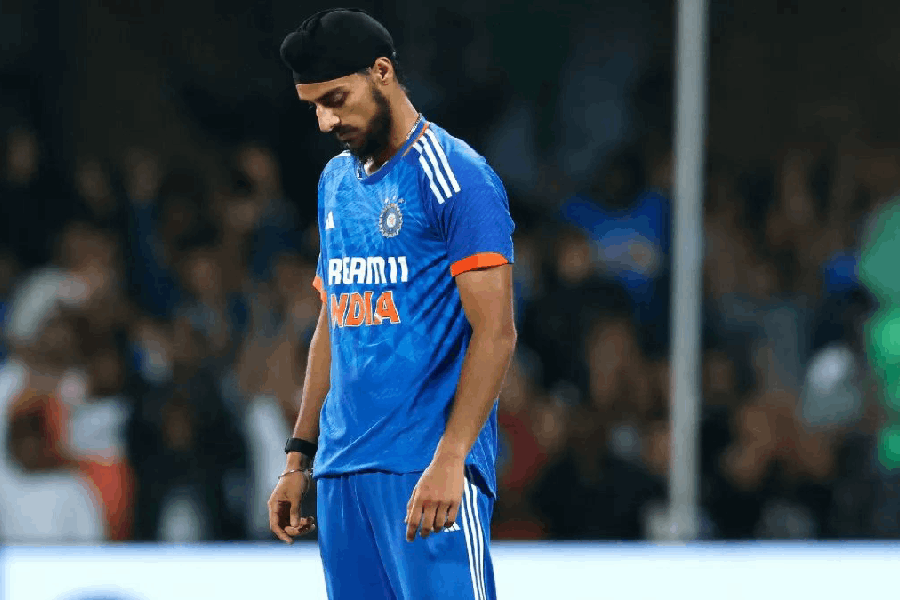Bengal has nearly 18,000 teachers killing time in more than 3,800 empty schools that make up nearly half the zero-enrolment schools across the country.
Bengal’s 17,965 teachers at zero-enrolment schools accounted for 86.3 per cent of the countrywide total of 20,817 such teachers in 2024-25.
And the state’s 3,812 pupil-less schools made up 47.7 per cent of the national figure of 7,993, highlighting the huge challenge Bengal faces in attracting students to hundreds of its schools.
And yet the numbers, published in the Union education ministry’s Unified District Information System for Education (U-DISE) report for 2024-25, contain certain paradoxes.
- For all its empty schools and idle teachers, Bengal’s pupil-teacher ratio of 29 is well above the national average of 24, suggesting a comparative shortage of teachers overall.
- This is underlined by the 235,494 pupils Bengal has in its 6,482 single-teacher schools — an average of 36.3 pupils for every such school. This trumps the national average of 32.4 for such schools (3,376,769 pupils in 104,125 single-teacher schools).
This suggests that while some Bengal schools are struggling to find pupils, others have a very high pupil-teacher ratio. Whether the mismatch is regional could not be
ascertained since the report does not give district-wise breakups.
Jharkhand, with 436,480 pupils in 9,172 single-teacher schools and an overall pupil-teacher ratio of 36 is placed poorly on the table. Bihar had 175,500 pupils in 1,865 single-teacher schools and a statewide pupil-teacher ratio of 30.
The report was released in August this year. Telangana, with 2,245 zero-enrolment schools, came second to Bengal but it had only 1,016 teachers in these schools, suggesting that more than half these schools were teacher-less, too.
The country’s 1.04 lakh single-teacher schools, with over 33 lakh children enrolled in them, represent a brazen violation of the Right To Education Act, which mandates at least one teacher per class.
Ashok Agrawal, a lawyer who has filed several high court and Supreme Court cases about RTE Act violations by the states, said zero-enrolment and single-teacher schools were an affliction specific to government schools.
“Government schools have been reduced to rehabilitation centres for teachers.
Neither the government nor the teachers are interested in the education of children,” he said.
“If the government or the teachers were serious about teaching and learning, thousands of teachers could not have continued in zero-enrolment schools when more than 1 lakh schools have just a single teacher each.”
Agrawal said the government was increasingly saddling teachers with non-academic tasks, such as arranging school events and celebrations on certain occasions, monitoring the midday meal, sending daily reports, and participating in government surveys.
“The government is trying to spread (the ruling party’s) ideology among children enrolled at its schools through unnecessary programmes,” Agrawal said.
Agrawal added: “In such a situation, politically connected teachers manage to get posted to schools of their choice and continue there irrespective of the number of children enrolled.”
A primary school teacher from Cuttack outlined the poor state of government schools and parents’ disillusionment with them.
Government schools nowadays attract children only from impoverished families, who come mainly for the midday meal and free uniform, he said.
“They get little parental support at home. There is no parent-teacher meeting at government schools,” he said.
“Earlier, the government used to organise school inspections to monitor teaching and learning. No such inspections happen these days. Teaching and learning have taken a backseat at government schools.”
He said the teachers send their own children to private schools.

